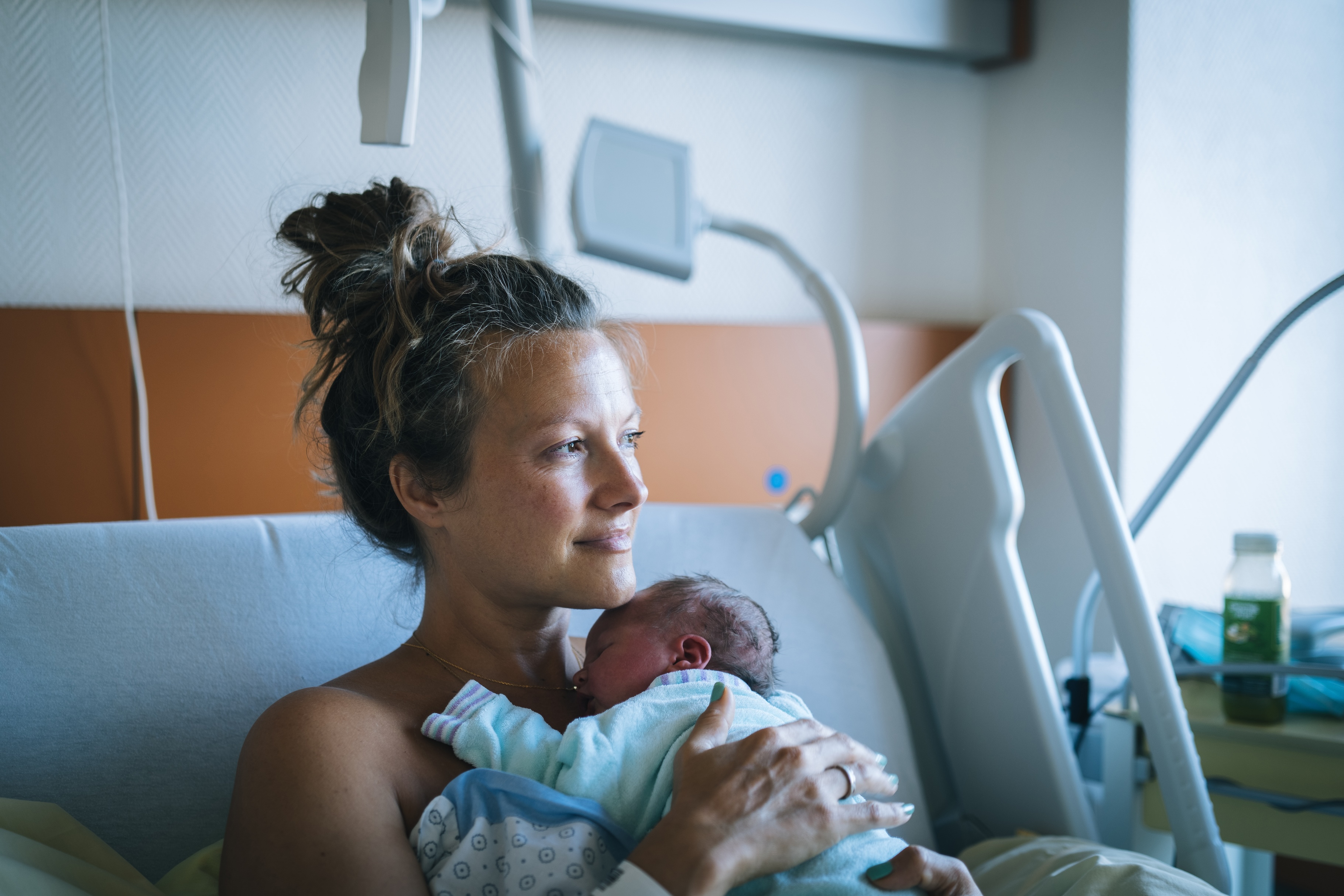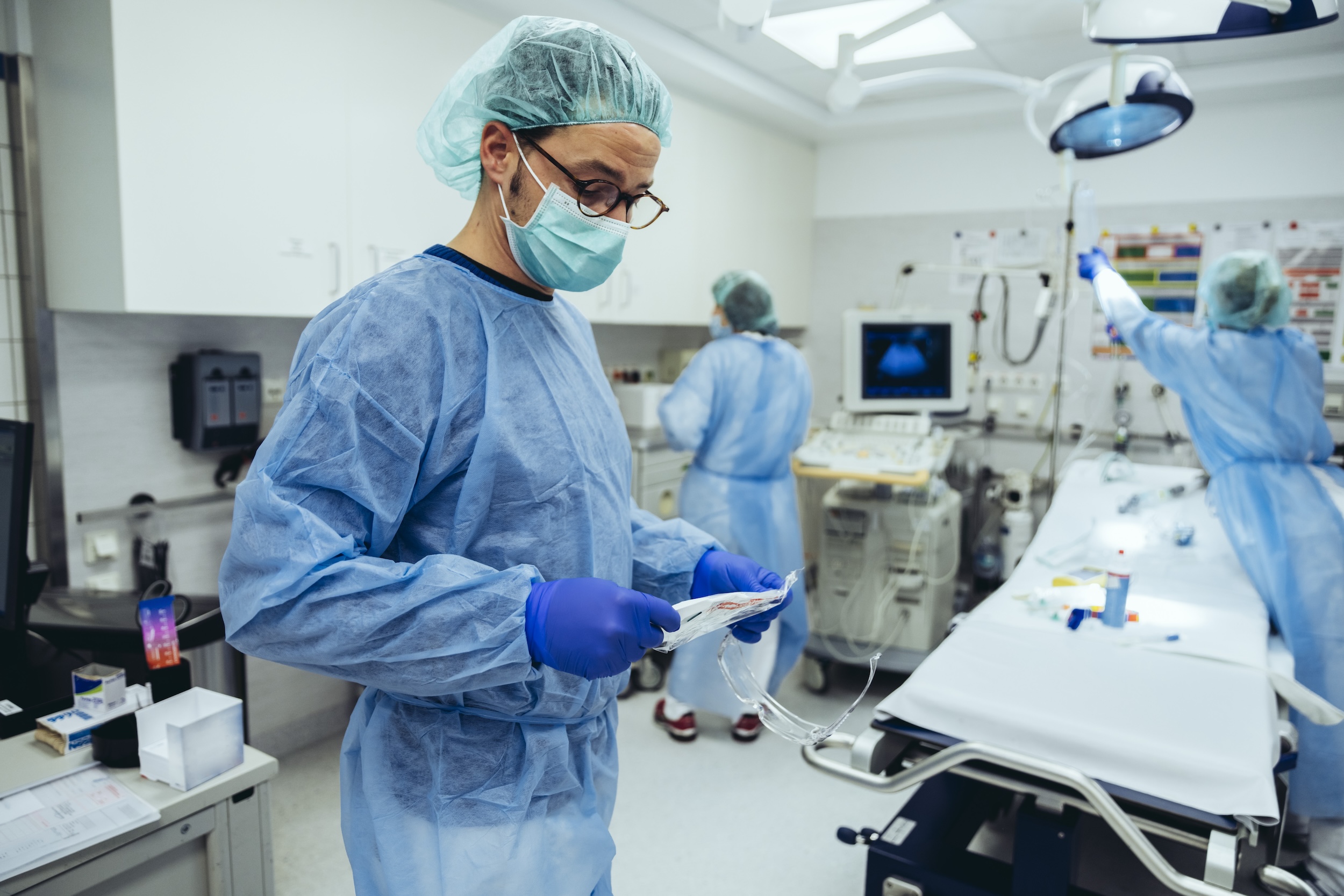By Associate Professor Forbes McGain
Published on July 9, 2024
Healthcare is one of Australia’s heaviest polluters, contributing around seven percent to our national carbon emissions. At the same time its one of our most essential sectors.
The enduring challenge we have is maintaining quality, while improving sustainability.
1 / 4
Any of us may need hospital care one day, whether it’s to safely birth our baby, access treatment for acute COVID infection, for surgery, or other treatments for a debilitating or life-threatening condition or injury.
But high-value, sustainable care doesn't necessarily need to conflict.
In fact, it is achievable.
Individual healthcare specialists and their teams make hundreds of daily decisions; the gowns they wear, the equipment they order, the number of tests they request, how they administer medication and which gases they use for anaesthesia.
These decisions can create change across the healthcare system.
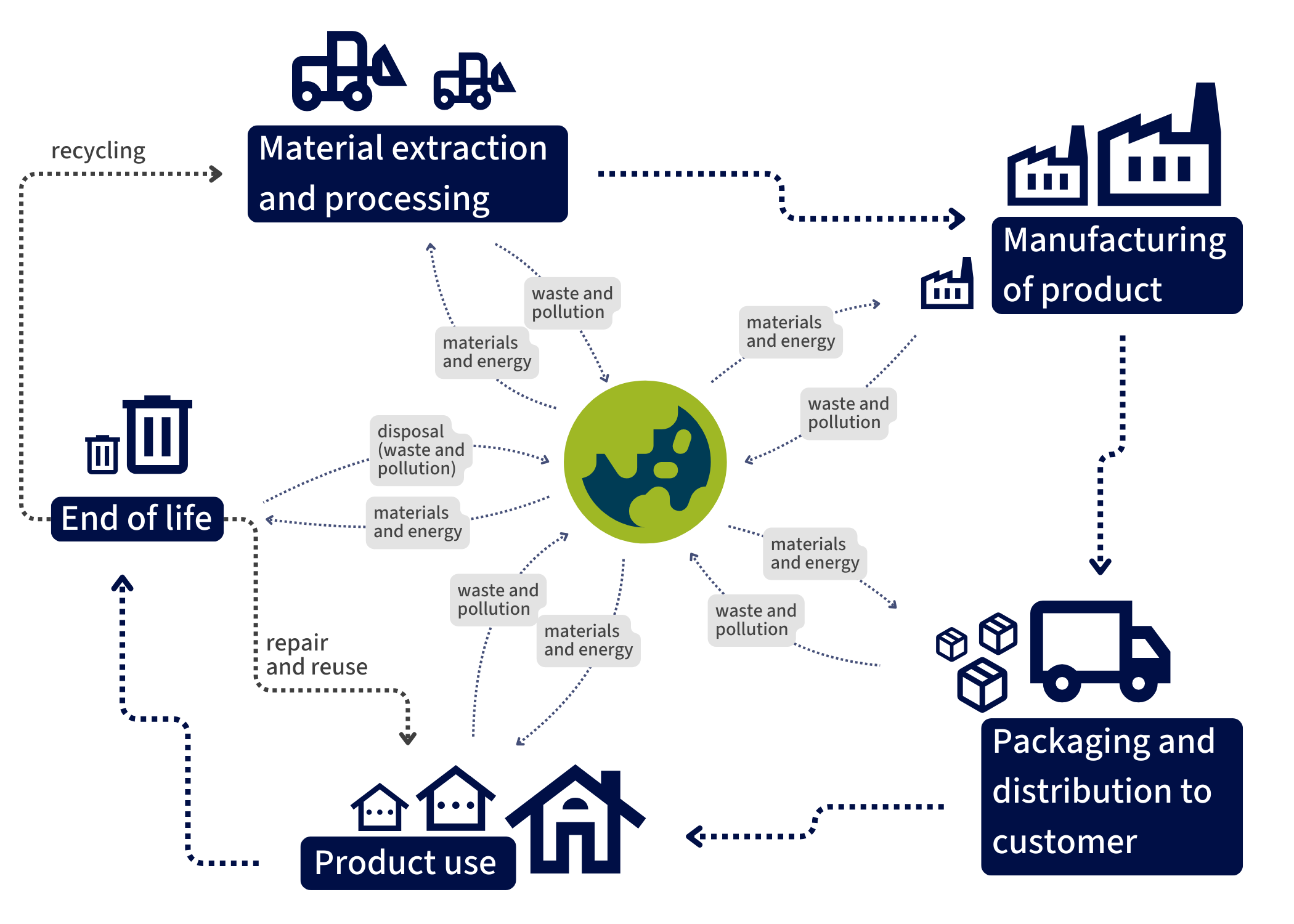
But how do healthcare specialists make more environmentally sustainable decisions in a complex, fast-paced environment while trying to save lives ?
This is where a Life Cycle Assessment (LCA) can provide a systematic approach for strategic decisions.
An LCA makes it possible to calculate the environmental footprint for all healthcare equipment or ‘stuff used’ by tracking and calculating the energy used in its creation, use and disposal – from the ‘cradle to the grave’.
Even before it reaches the hospital, the lifecycle of stuff begins.
Firstly, there's the extraction of the material required to make the item, then its manufacture and processing.
Then there's its transport; its purchase and use in the hospital or healthcare setting and ultimately its disposal, or ‘grave’. The phases of an LCA are defined in the ISO (International Organization of Standards).

Health & Medicine
The economics of good health
As part of an LCA, to understand the energy and equipment used across the healthcare system, we need to measure or count it.
This is called a Life Cycle Inventory (LCI) and includes data on the energy used for lighting and managing room temperature, as well as equipment in processes like an MRI or ultrasound.
It also includes patient ‘consumables’ – like washing and drying bed linen or running diagnostic pathology tests.
In surgery, it includes anaesthesia drugs and the sterilisation of surgical equipment.
For staff, it's personal protective clothing (PPE) to keep both themselves and patients safe from the transmission of infectious agents, including masks, gowns and gloves.
So, as an example, a LCA of patients in an intensive care unit (ICU) in Melbourne with septic shock told us the majority of that carbon footprint resulted from the gas needed to heat the ICU, with lesser emissions coming from LCI items such as plastic equipment, PPE and bedding.
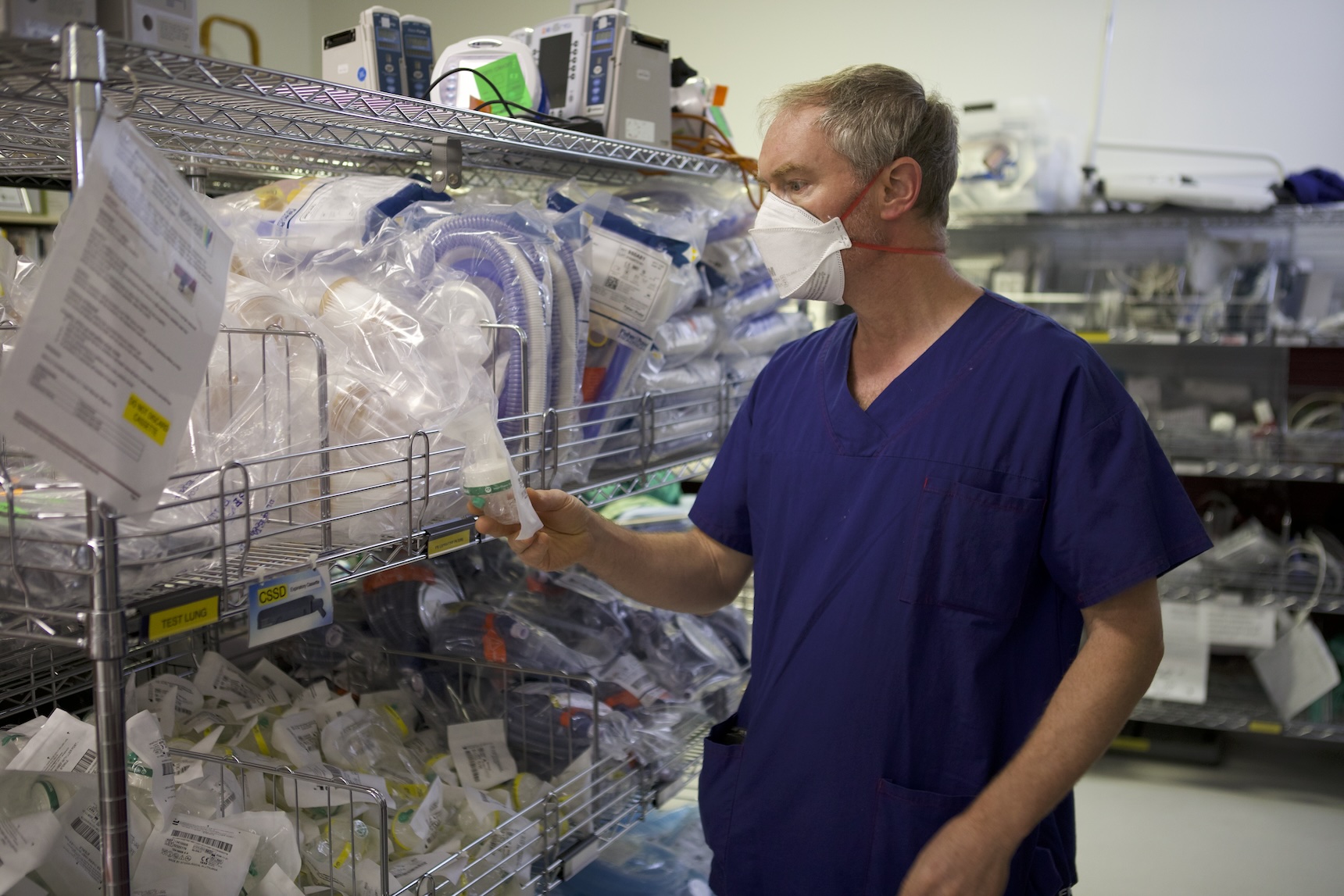
Globally and locally, LCAs are giving us insights on how the healthcare industry can reduce it's environmental footprint and decarbonise healthcare – one decision at time.
Sustainability makes good financial sense
Making sustainable decisions is not always clearcut and LCAs show up differences between countries.
An Australian study in 2017 found that switching to reusable anaesthetic equipment provided significant cost savings and reduced waste going to landfill.
But doing so increased carbon emissions due to electricity consumption for washing and sterilisation.
In Europe, where renewable energy dominated at the time, reusable anaesthetic equipment would have achieved a reduction in carbon emissions by 84 per cent.
In 2024, the increasing use of renewable energy in the Australian electricity grid brings us more in line with European emissions savings, which makes the case for reusables in Australia even stronger.

Sciences & Technology
Sustainability needs women and girls in science
In Victoria, the State Electricity Commission (SEC) will supply 100 per cent renewable energy to all public hospitals by 2025, which means the carbon impacts from washing and sterilisation will fall even further.
The good news for the hospitals and politicians overseeing health budgets is that sustainability makes good financial sense. LCAs highlight where efficiencies can be made, reducing both carbon emissions and financial costs.
The provision of healthcare indirectly creates harms to the health of people in the future, with those harms more likely to fall on people living in low- and middle-income countries.
For equality and intergenerational equity, healthcare needs to do its part to rapidly decarbonise while also ensuring no harm comes to patients today.
The decarbonisation of healthcare requires a multidisciplinary approach – from clinicians and other healthcare workers, policy makers, health administrators, procurement departments, engineers, health economists and environmental specialists.
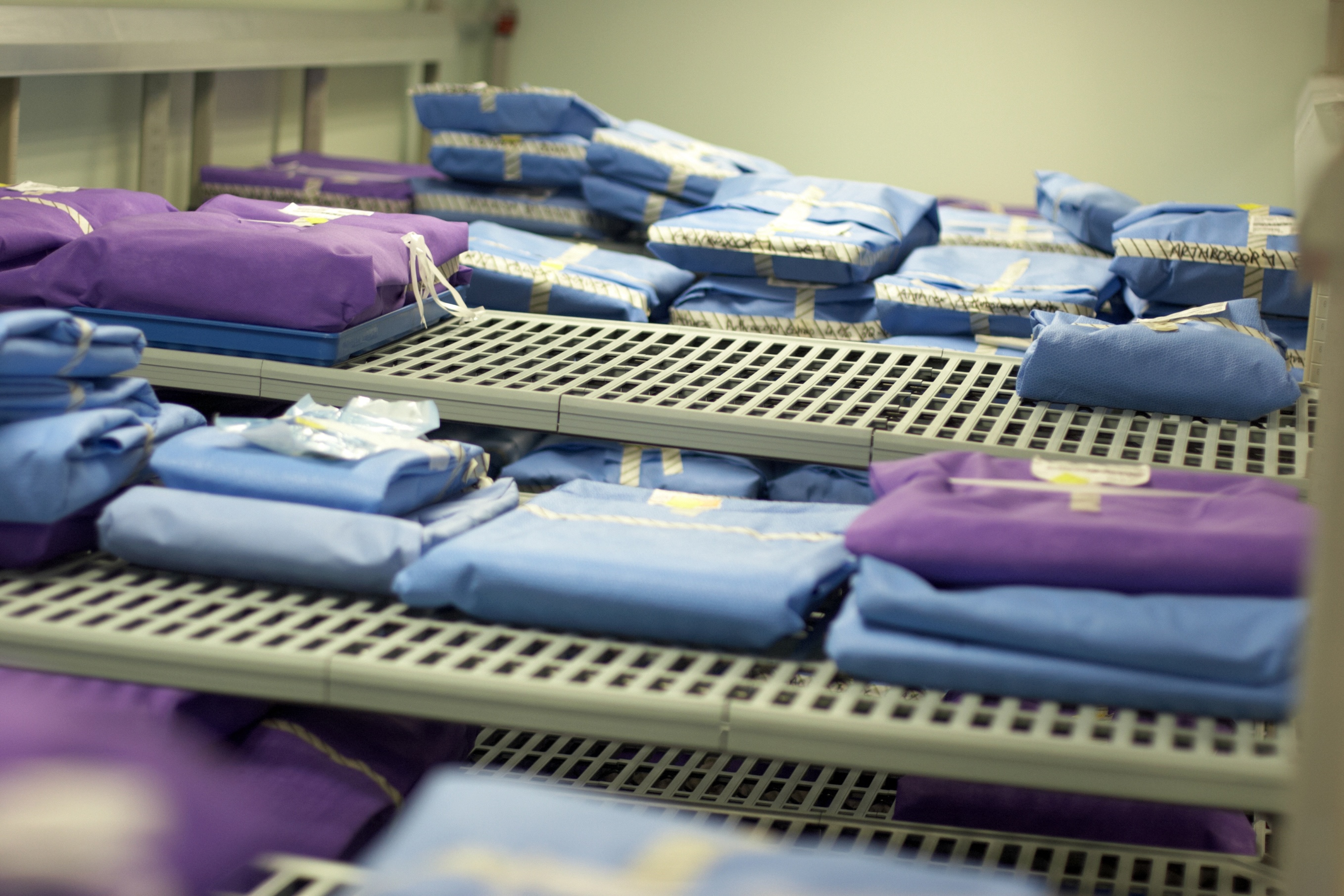
This work is already happening across all University of Melbourne-linked healthcare and biomedical research organisations, with healthcare workers and management leading change across the hospital system.
By choosing reusable gowns and other PPE equipment, improving hospital energy efficiency and providing high-value-low carbon clinical care (like non-operative approaches instead of surgery) while avoiding low-value and high-cost care (like unnecessary pathology tests) – then overall emissions can be driven down.
The Healthcare Carbon Lab will be an important part of local decarbonisation but will also provide detailed LCA data for national and international use.
This means healthcare providers can make scientifically informed decisions to support their decarbonisation journeys.
This article was first published on Pursuit. Read the original article.

